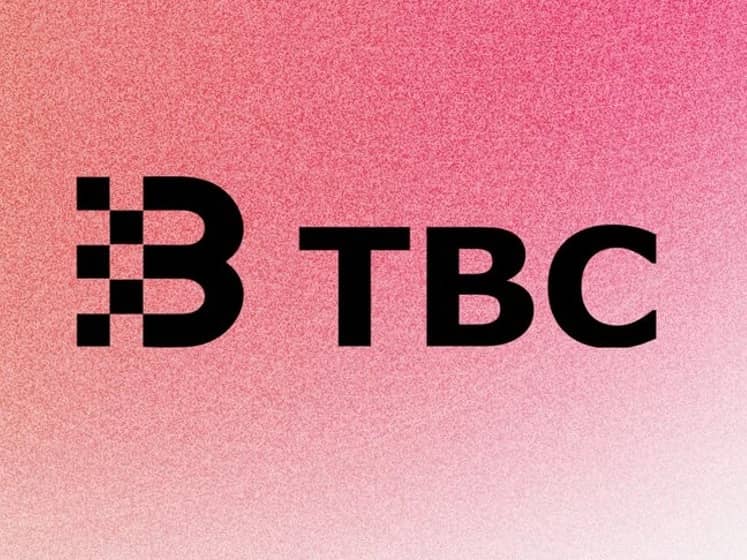Subscribe to wiki
Share wiki
Bookmark
TBC
We've just announced IQ AI.
TBC
TBC is a public blockchain that aims to incorporate several innovations. Utilizing the UTXO and POW model, it seeks to achieve high performance, low fees, and strong decentralization. TBC developed the Bitcoin Virtual Machine (BVM) and introduced a scalable BTC Layer2 solution based on the BVM.[1][2]
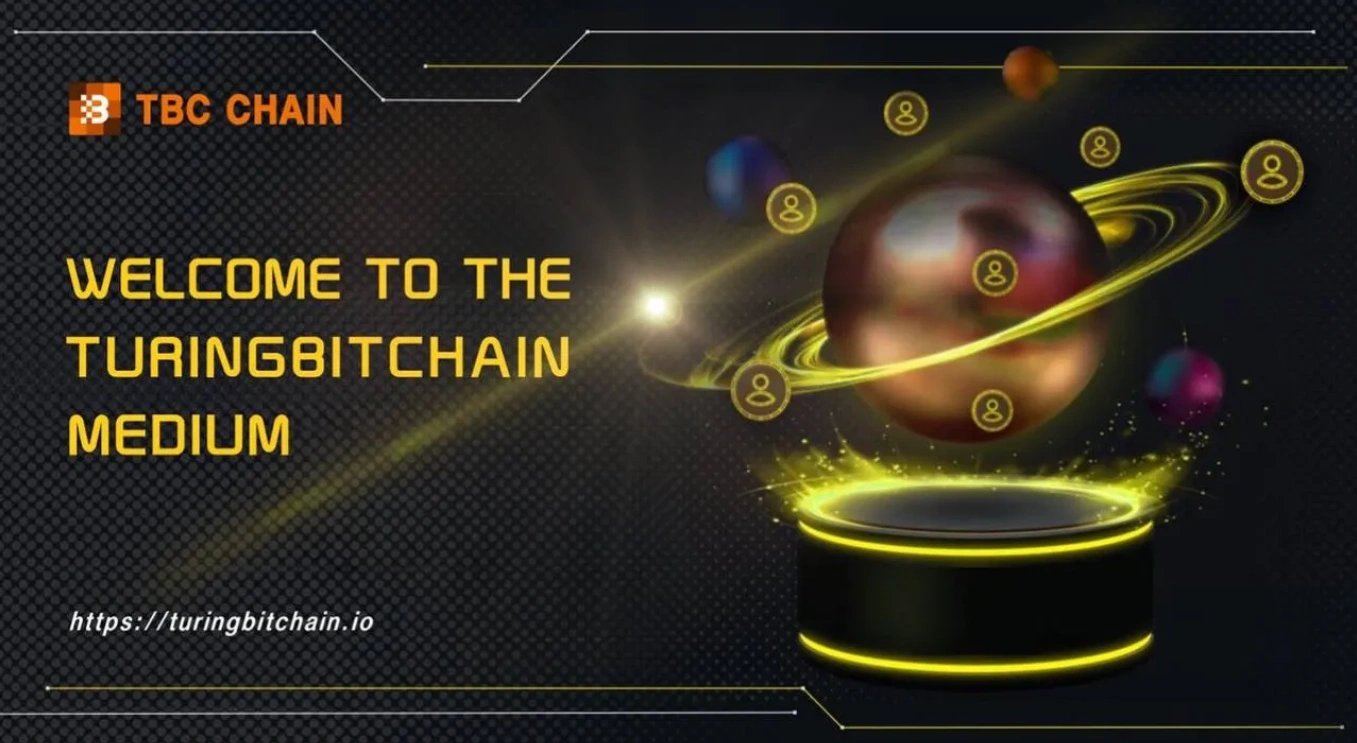
Overview
TBC (TuringBitchain), founded in 2021 by Edison and Alex, is a public blockchain designed to integrate several innovations. Utilizing the UTXO and POW model, it aims to achieve high performance, low fees, and strong decentralization. TBC developed the Bitcoin Virtual Machine (BVM) and a scalable BTC Layer2 solution based on the BVM.
TBC addresses blockchain challenges such as scaling issues, high gas fees, and cross-chain storage problems. It aims to support the Web3 era with features like unlimited scaling, decreasing gas fees with usage, zero confirmation transactions, and integrated data storage and contract execution. TBC employs a POW consensus mechanism, a UTXO transaction model, and introduces the Turing TXID scheme and TuringContract smart contract plan.
With an initial TPS of 13k, TBC seeks to increase to 100k TPS within a year. It supports NFTs, DeFi, data storage, BTCFI, and standard protocols, with plans for Ordinals and BRC20 implementation. TBC aims to enhance Bitcoin's functionality, enabling daily transactions and smart contracts, and aspires to be a key infrastructure for Web3.[1][2][3][4][5]
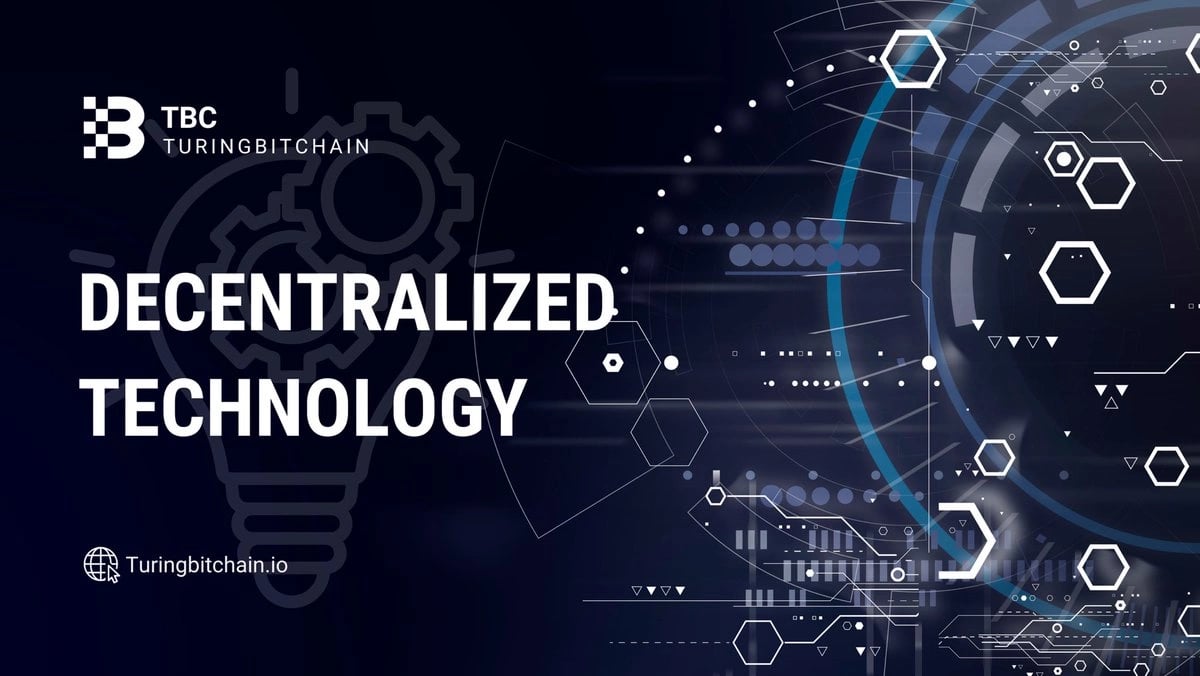
History
2021
TBC was founded in 2021, alongside the invention and publication of foundational technologies for transaction data clipping or multiplexing and a layer of contracts. These innovations formed the basis for TBC's early advancements in blockchain technology.[5][7]
2022
Throughout 2022, TBC achieved key developmental milestones. In January, it finalized the design of a TuringID scheme suitable for UTXO blockchains. By February, development began on the initial version of the TBC node program. In May, TBC completed the detailed design and received authorization to implement the TuringTxID technical solution. In August, TBC concluded the design phase for TuringContract, a high-performance smart contract solution under the UTXO model. These developments represent significant steps forward in TBC's technical capabilities and infrastructure within the blockchain sector.[6][7]
2023
In 2023, TBC made notable advancements. In January, it launched the TBC Alpha Test Network, aiming to verify the TuringContract solution and assess blockchain processing performance, achieving over 5000 TPS. By December, the TBC Beta Test Network was introduced, with many data service providers, wallets, Web3 applications, and DeFi applications migrating to the test network. These efforts aimed to enhance and evaluate TBC's blockchain ecosystem.[6][7]
2024
In February 2024, TBC launched its Beta Mainnet, continuing the development and deployment of its blockchain ecosystem.[6][7]
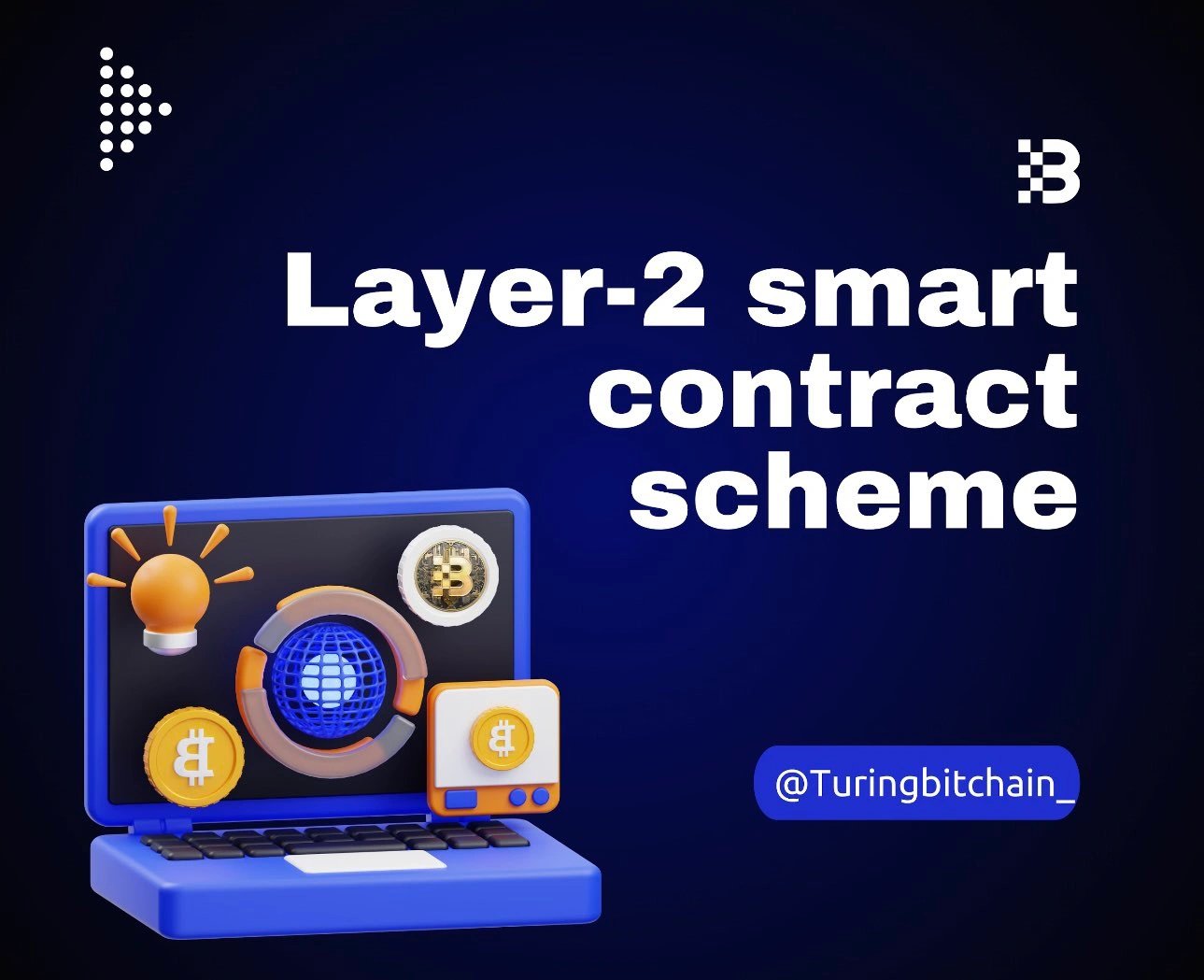
Products
TuringTXID
TuringTXID is a transaction identification system used by TBC, distinguishing it from other UTXO public chains. It employs layered hash calculations during transaction data upload to enable hierarchical trimming of data fields without altering the original format. This aims to enhance data efficiency and support smart contract functionality within the UTXO model by reducing storage, transmission, and utilization costs.
The TuringTXID method facilitates on-chain data reuse through hierarchical data trimming, supporting Layer1 contracts in the UTXO model without compromising parallel operations. By generating a TXID via collective hashing of primary transaction data, it streamlines verification processes, minimizing redundant data storage and transmission costs while enabling lightweight data traceability within the UTXO model.[4][5]
TuringContract
TuringContract within TBC's UTXO model aims to enhance efficiency and security in contract execution. It enables parallel execution of UTXO contracts, using multi-core computing to improve processing speed and transaction throughput. Leveraging TBC's zero-confirmation feature, TuringContract aims to provide prompt contract execution results upon entering miner nodes' mempools, optimizing transaction efficiency.
Security is prioritized with TuringContract through UTXO contract chaining, ensuring sequential transaction execution to mitigate risks like MEV and vulnerabilities such as re-entrancy. Each TuringContract instance is uniquely identified using transaction inputs and contract code hashes to ensure global uniqueness and enable secure interactions.
TuringContract also addresses the back-to-genesis problem with Scrypt's validation approach, maintaining data integrity by verifying parent transactions for contract code and data consistency. Input hashing prevents unnecessary data expansion during verification, optimizing transaction data size and resource usage.
Furthermore, TuringContract supports composability of UTXO contracts within transactions, enabling efficient combinations of contract logic and state data. This capability enhances the flexibility and functionality of TBC's blockchain ecosystem to support various decentralized applications and use cases.[4][5][6]
Tokenomics
TBC Token ($TBC)
$TBC is the blockchain's native token and has a maximum mining quantity of 2.1 billion. Approximately 1.958 billion $TBC are currently locked in mining, leaving about 142 million $TBC available for mining.[5][8]
Allocation
The maximum supply of TBC tokens is 2.1 billion. The allocation is distributed as follows:
- Ecological development funds: 50%
- Investors: 30%
- TBC Foundation: 10%
- Development team and consultants: 5%
- TBC node developer incentives: 3%
- Community and promotion fund: 2%
Of the total supply, approximately 92.85% (1.958 billion tokens) are locked in production, leaving 7.15% (142 million tokens) available for mining.[5]
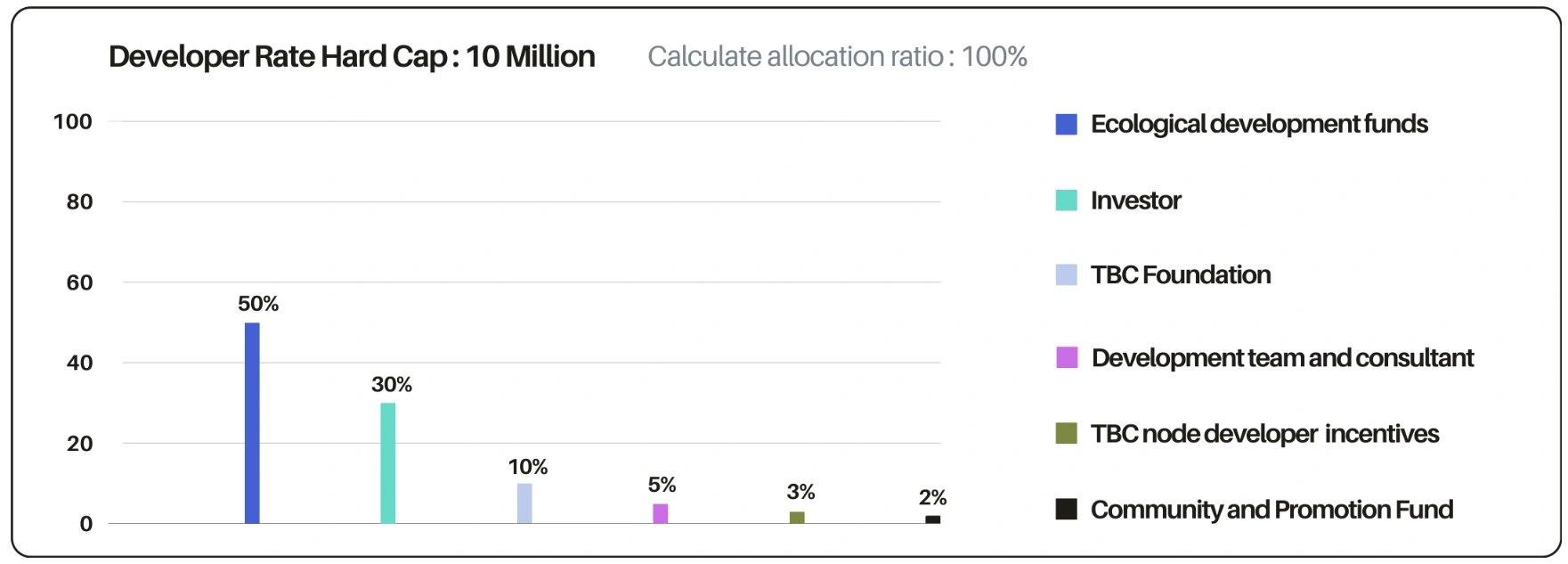
See something wrong?
